Ever held an umbrella and wondered what makes it so water-resistant and smooth? Odds are, it might be made from 260T pongee fabric. Let’s break down this technical-sounding fabric into simple, useful insights without losing the real juice of what makes it special.
Definition and Composition
260T pongee is a tightly woven synthetic fabric, mainly crafted from 100% polyester. It belongs to the broader family of pongee fabrics—known for being lightweight, durable, and smooth. The word “pongee” actually comes from a Chinese term meaning "woven at home," although today’s version is far more industrial.
What Does “260T” Mean?
Let’s get technical—but stay with me. The “T” stands for thread count, and 260T means there are 260 threads per square inch. That’s dense. The higher the “T”, the finer and tighter the weave. For comparison:
- 190T = Lightweight and budget-friendly
- 210T = Common for basic lining
- 260T = More durable, smoother, and higher-quality
If thread counts were cars, 260T would be a mid-range sedan—solid, dependable, and a bit flashier than the base model.
How 260T Pongee is Made
Manufactured using plain weave techniques, the yarns interlace in a one-over-one pattern. Polyester filaments like 75D or 50D are typically used. Finishing processes can involve:
- PU (polyurethane) coating
- WR (Water Repellent) treatment
- AC (Anti-static) application
It’s engineered to serve performance while keeping costs reasonable.
Table Of Contents
Key Features of 260T Pongee Fabric
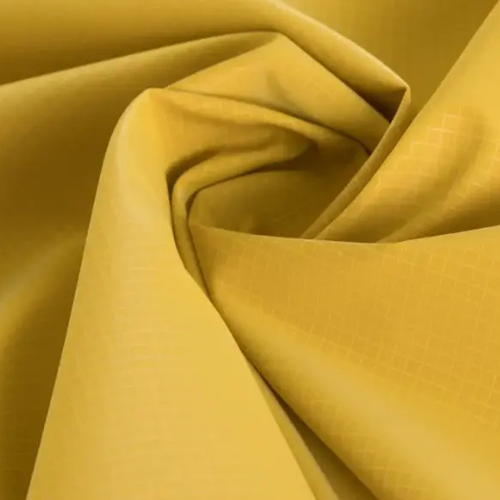
Appearance and Feel
It’s got a matte to semi-glossy finish and a soft, smooth hand feel. Compared to 190T or 210T, it feels richer and more structured. Great for creating garments and gear that need to look and feel premium.
GSM and Density
On average, the GSM (grams per square meter) falls between 70–95 gsm, depending on the coating and yarn count. This means it’s still lightweight, but not flimsy. The higher thread density also means better wind and water resistance.
Functionality and Coating Options
Depending on use, manufacturers may add:
- PU coating: Water and wind resistance
- PVC coating: Adds rigidity and waterproofing
- TPU laminate: More eco-friendly and breathable
- AC or WR finish: Anti-static and splash-proof
Basically, you can tailor this fabric like a burrito bowl—add what you need.
Is It Breathable or Stretchy?
Short answer: Not much. 260T pongee isn't stretchy unless blended with spandex (rare). As for breathability—it's average at best. If you’re looking for breathable, go with cotton or mesh.
Uses of 260T Pongee Fabric
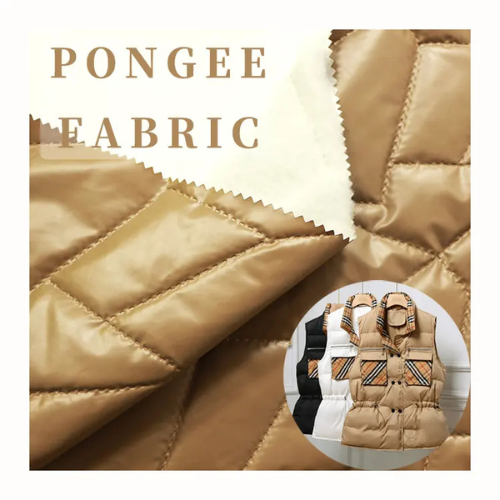
In the Garment Industry
You’ll find this fabric in:
- Windbreakers
- Sports jackets
- Lightweight shell layers
It’s used because it's light, strong, and resists tearing, making it ideal for fashion that also functions.
For Outdoor Gear
Raincoats, umbrellas, and tents? Yes, yes, and yes. When coated, 260T pongee fabric becomes nearly waterproof, making it a go-to for weather-ready products.
Fun fact: A coated 260T pongee umbrella can withstand wind speeds up to 30–40 km/h. Not too shabby.
Home and Technical Applications
You’ll also spot this fabric in:
- Lining for bags and luggage
- Stroller and car seat covers
- Banner or flag material
Its low cost and high performance make it a darling for budget-conscious technical applications.
Comparison With Other Pongee Fabrics
190T vs 210T vs 260T Pongee
|
Type |
Weight (GSM) |
Density (T) |
Best For |
|
190T |
50–60 gsm |
190 |
Budget lining, basic umbrellas |
|
210T |
60–75 gsm |
210 |
Mid-tier jackets, bags |
|
260T |
70–95 gsm |
260 |
Premium gear, outerwear |
260T is the most balanced choice—good strength without being bulky.
Is Higher T Always Better?
Not necessarily. Higher thread count means:
- More weight
- Less breathability
- Higher cost
Choose based on the end use. If you're hiking in summer, maybe go 210T. If you're braving a monsoon, 260T all the way.
Conclusion
So, is 260T pongee fabric worth it? Absolutely—if you’re chasing that sweet spot between durability, appearance, and affordability. It’s not too thin, not too bulky, and plays well with coatings. Whether you're sewing outerwear or picking umbrella fabric, 260T makes a dependable partner.
It’s the kind of fabric that does its job quietly—like a good friend who brings snacks but never brags about it.
FAQs
1. Is 260T Pongee waterproof?
Not by default, but with PU or PVC coating, it becomes highly water-resistant.
2. What yarn count is used in 260T pongee?
Mostly 50D or 75D polyester. Sometimes finer denier for softer touch.
3. Can 260T pongee be used for printing?
Yes! It holds dye well and supports sublimation and screen printing techniques.
4. Is it suitable for cold-weather wear?
Alone, it’s not insulating. But as an outer shell in a layered garment, it’s perfect.
5. How does it compare to nylon fabrics?
Nylon is stronger but costlier. 260T pongee is more budget-friendly and still offers decent durability for many uses.



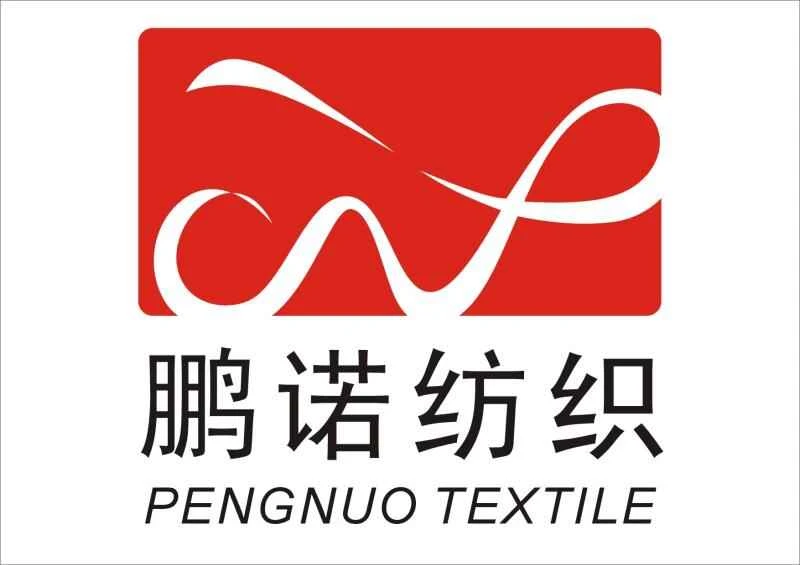



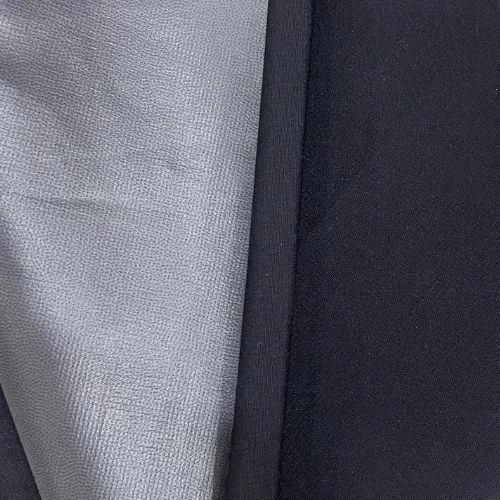
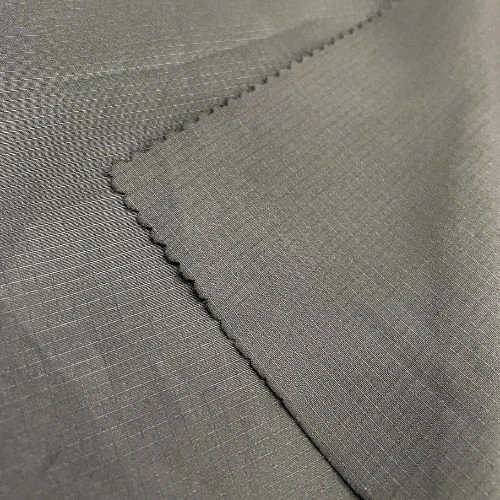


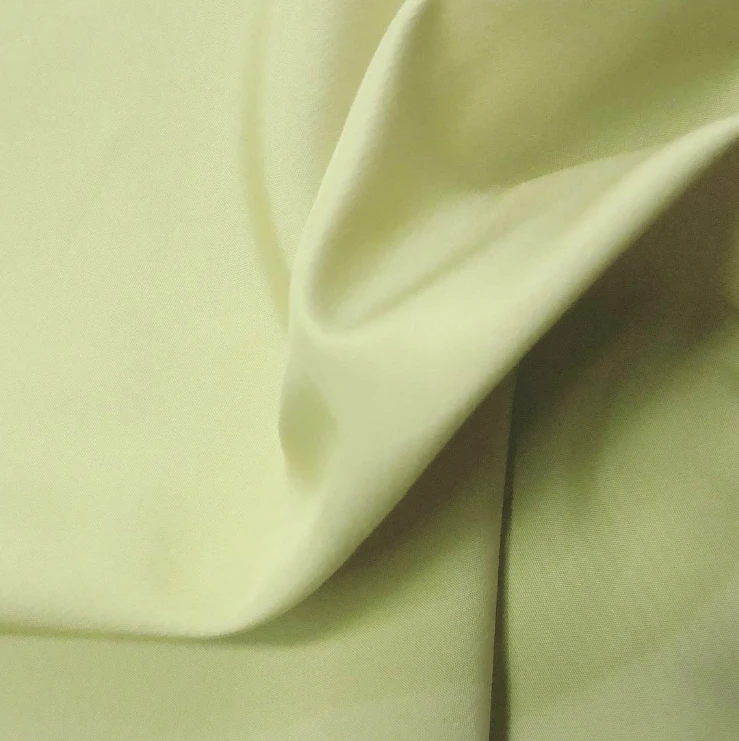
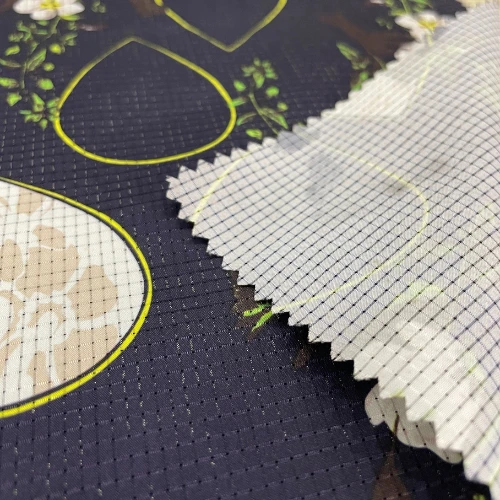
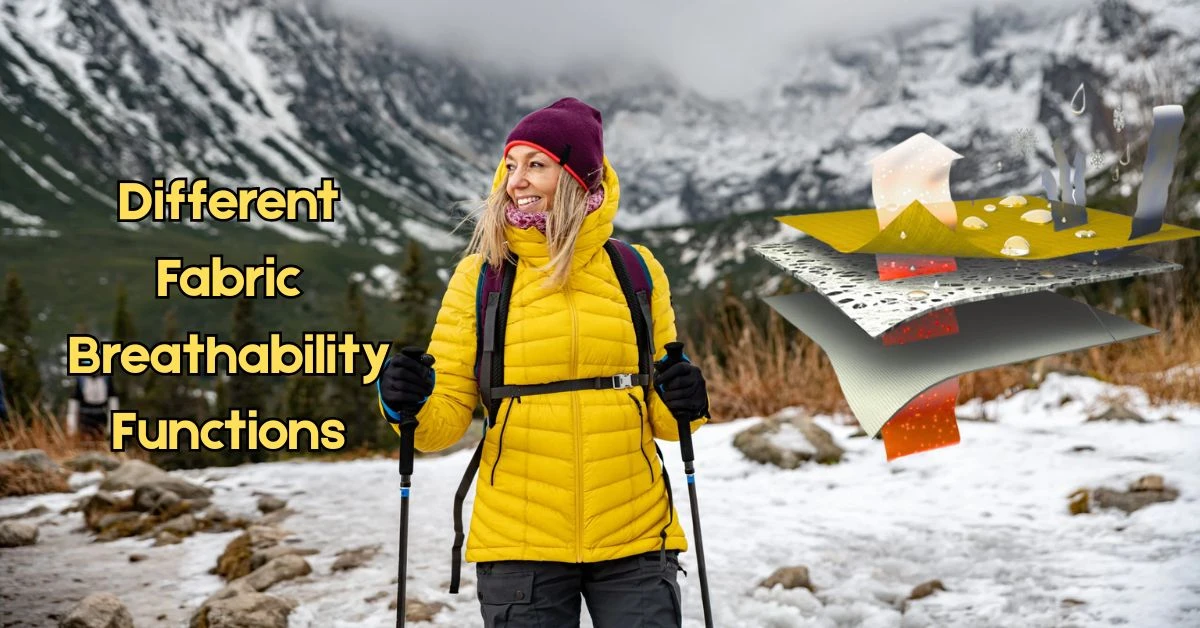


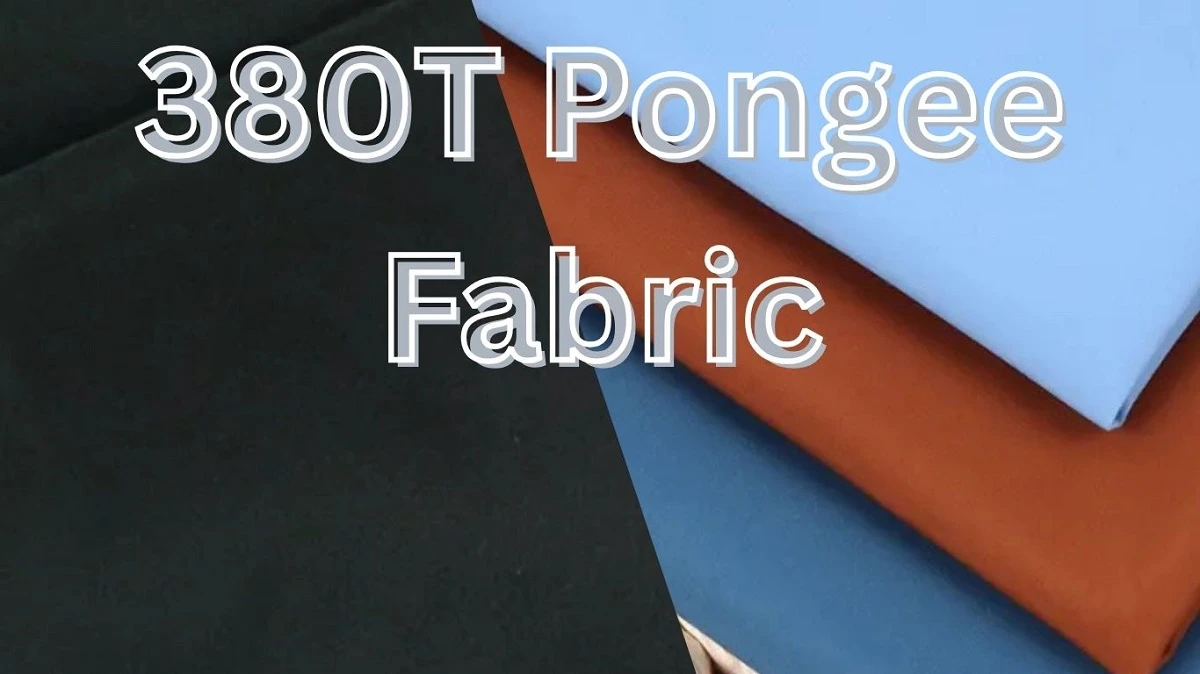
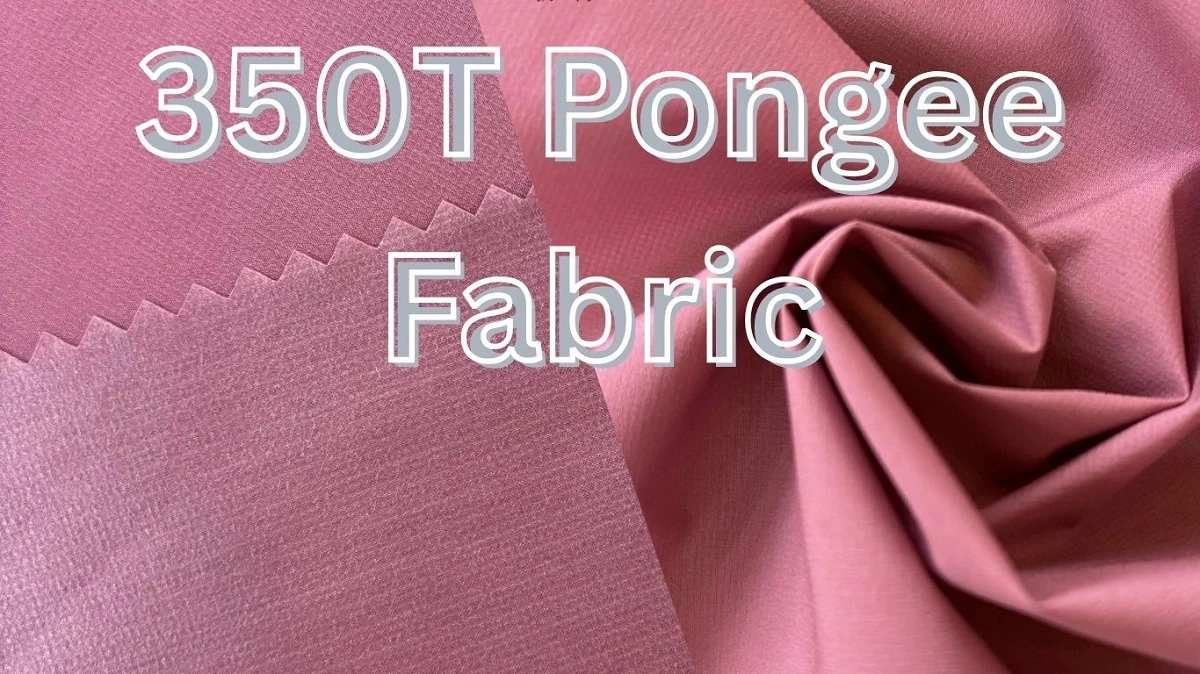
Comments - 00
Leave A Reply
Thanks for choosing to leave a comment.